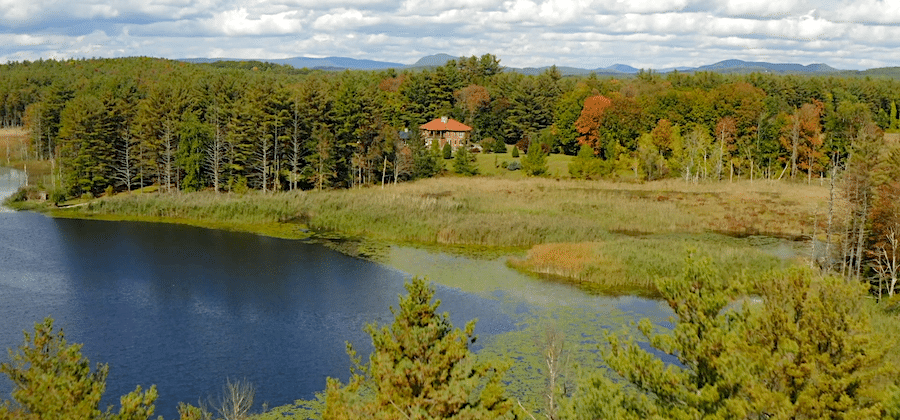
Have you ever imagined spending the weekend in a grand luxury estate in the country?
America’s luxury estates were built in the late 1800s during ‘The Gilded Age’, a term made popular by Mark Twain. After the Civil War, with the onset of industrialization, the nation enjoyed unprecedented prosperity, Great fortunes were amassed with the expansion of tobacco, railroads, steel, fossil fuel industries and technical and scientific progress, not to mention no personal income tax.
Some of this wealth found its way to the Berkshires, only 150 miles from New York City. There some of the country’s wealthiest families, The Astors and Westinghouses among them, built their second homes, or ‘cottages.’ Carole Owens, author of The Berkshire Cottages — a survey of the palatial summer retreats constructed by millionaires in the post-Civil War Gilded Age — believes the influx of literary and artistic luminaries “gave the Berkshires a panache that attracted wealthy New Yorkers and Bostonians looking for more than just sylvan beauty.”
More than 75 grand estates were built in the Berkshires and they were built to last for generations. Designed by prominent architects to emulate the grand estates that were so admired on European travels, each one was more extravagant than the last. These mansions were constructed in a variety of architectural and decorative styles from different European countries and from different eras such as Queen Anne, Beaux Arts, and Renaissance Revival. Inside, they were overflowing with antiquities, furniture, collectibles and works of art, often imported from Europe.
Over time, as the gilded age ended, and manufacturing moved south, these mansions were reduced in number, demolished or some succumbing to fire. A few have been preserved as museums to paint a picture of the privileged Gilded Age summers. Some have become exclusive resorts and hotels. And one, previously owned by the Tappan family, is now Tanglewood, the summer home of the Boston Symphony Orchestra. And the rest, most likely due to the cost of maintenance, sadly have been abandoned.
In the Berkshires, you’re surrounded by natural beauty. With its proximity to New York and Boston, the region remains a popular vacation destination today. It’s recognized as a cultural hub with a thriving arts scene, is renowned for annual festivals, offers outdoor activities year round and has a farm to table food scene.
Daniel Dus grew up in the Berkshires and is familiar with those abandoned and underutilized luxury estates. He’s launched a new company, Shared Estates, and plans to reposition some of these estates for current times. For one, they’ll be renovated to carbon neutral standards, the ultimate in recycling projects. But perhaps more important Daniel and his team want to reposition these luxury estates for the sharing economy. No longer for the wealthy, they will be available for middle class families to enjoy. And he’s taking the democratization one step further by offering anyone over the age of 18 the opportunity to invest through a crowdfunding offering.
Listen in to Eve’s conversation with Daniel Dus.
Image courtesy of Shared Estates
